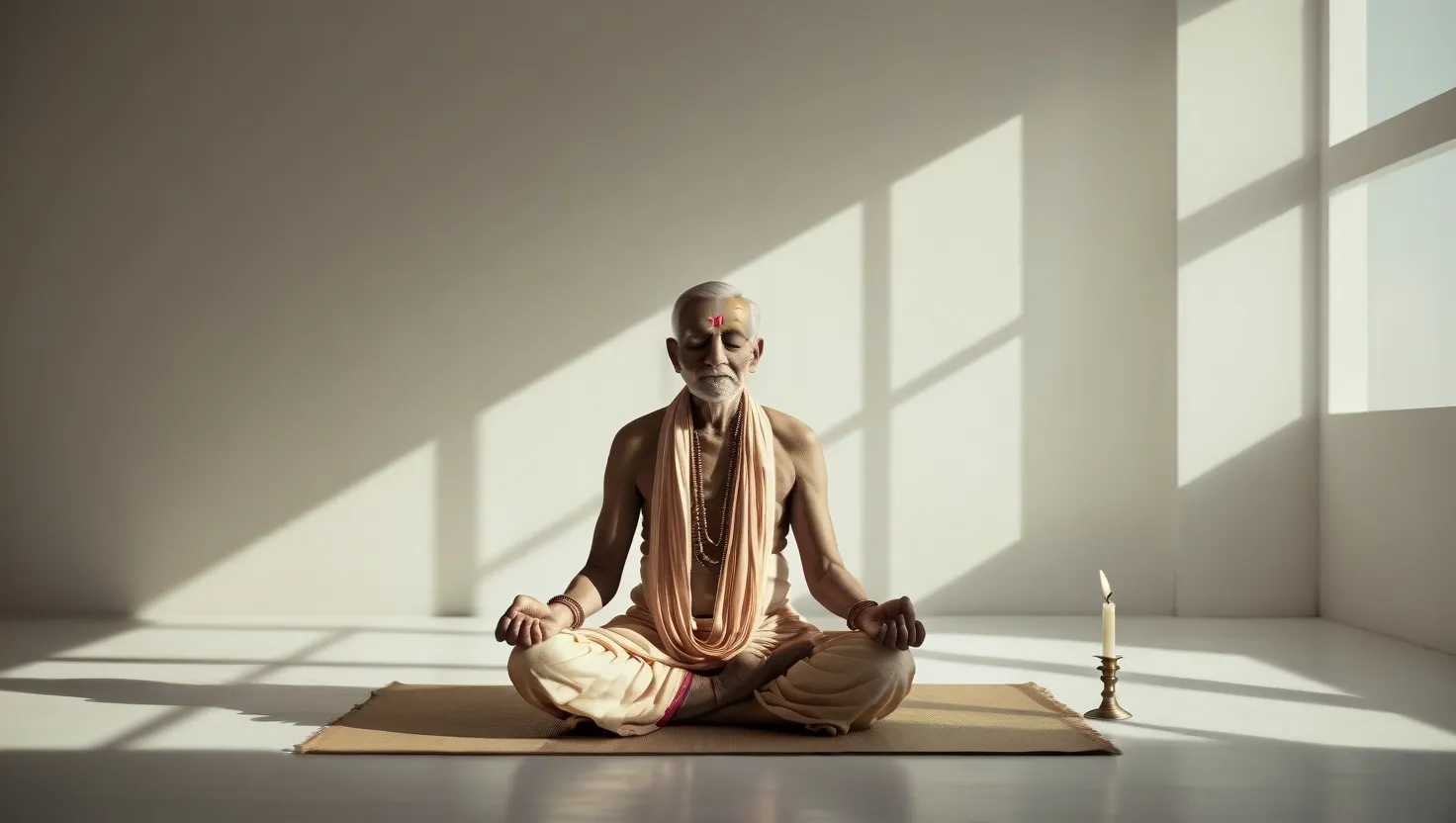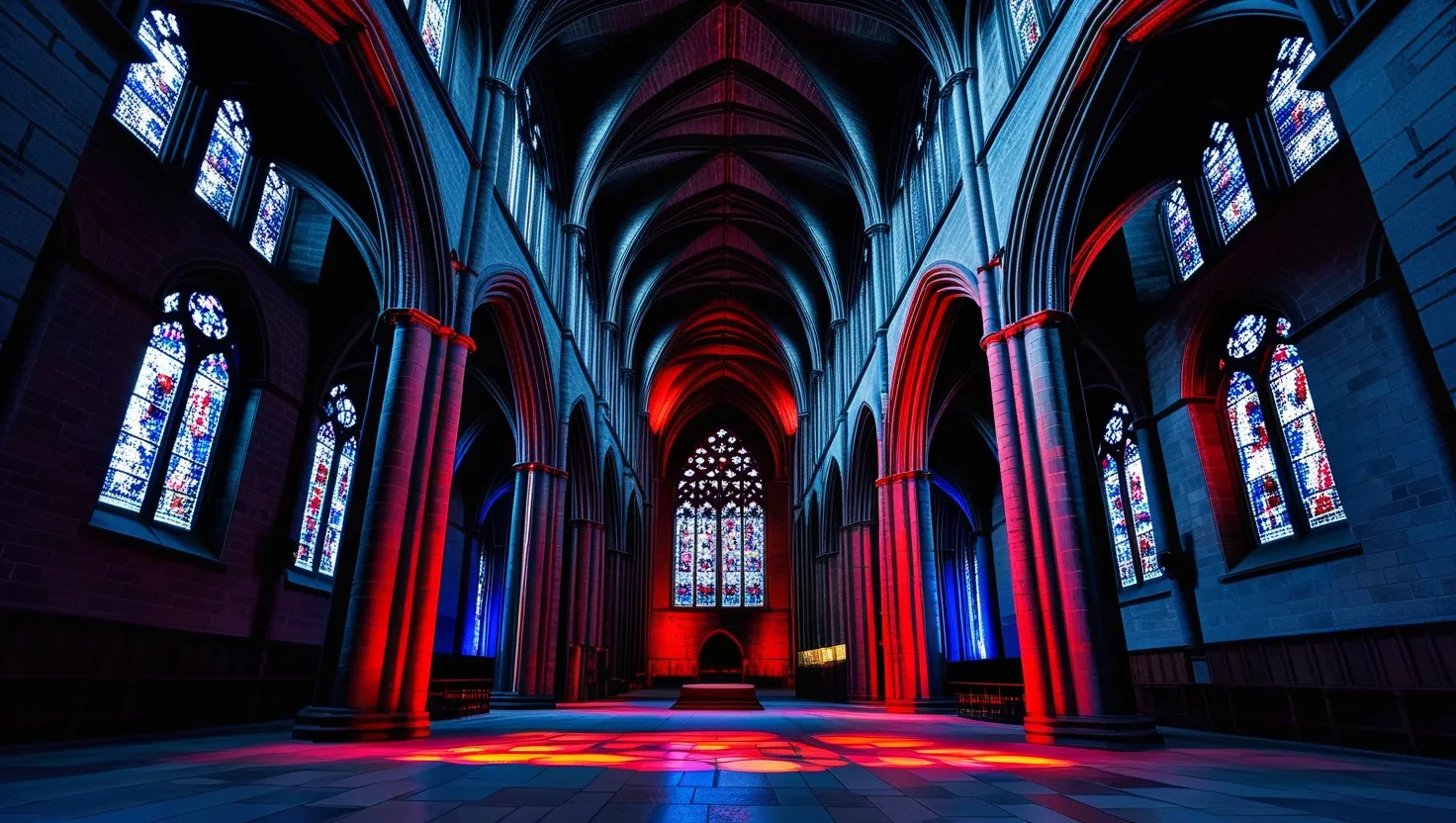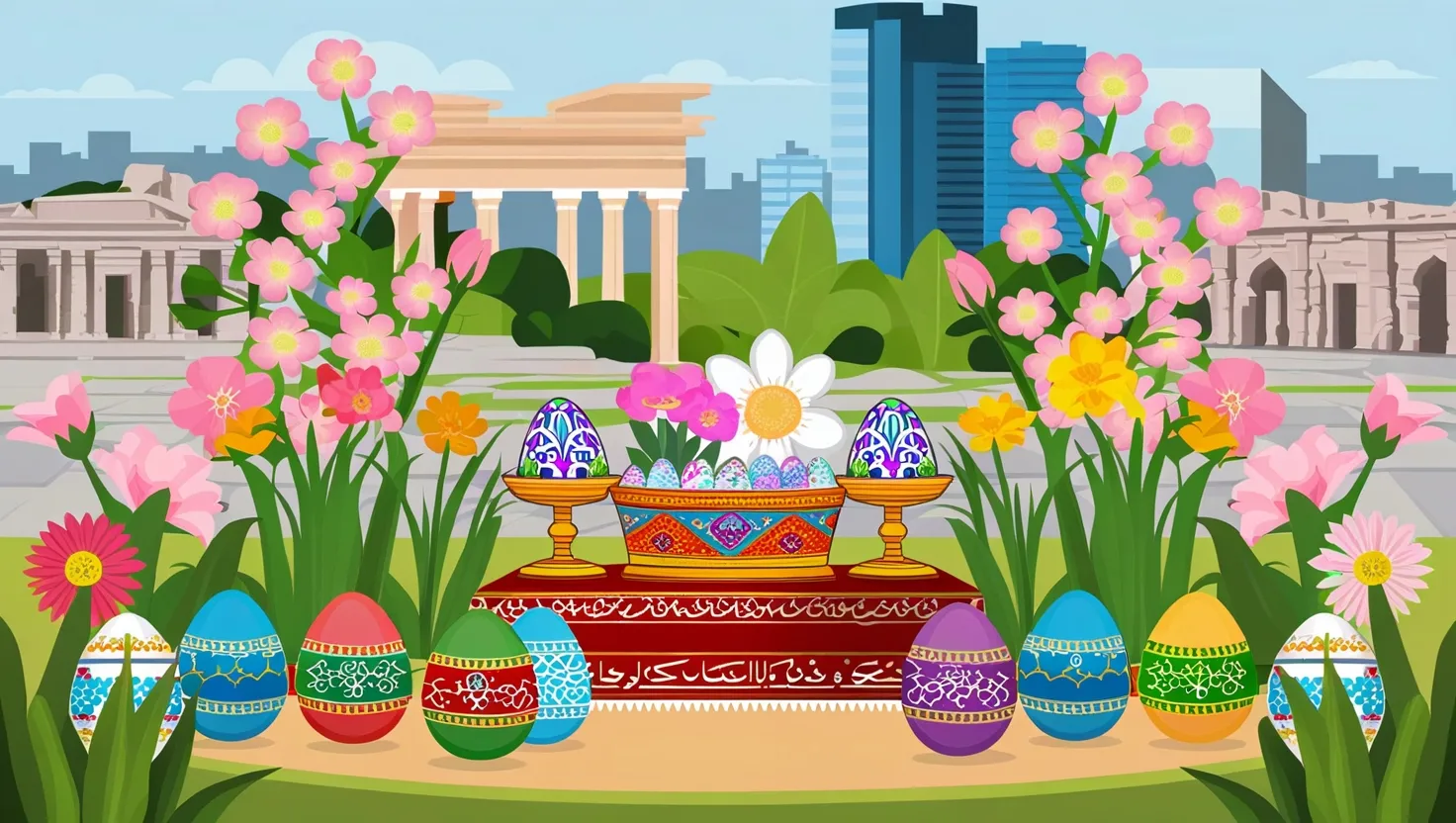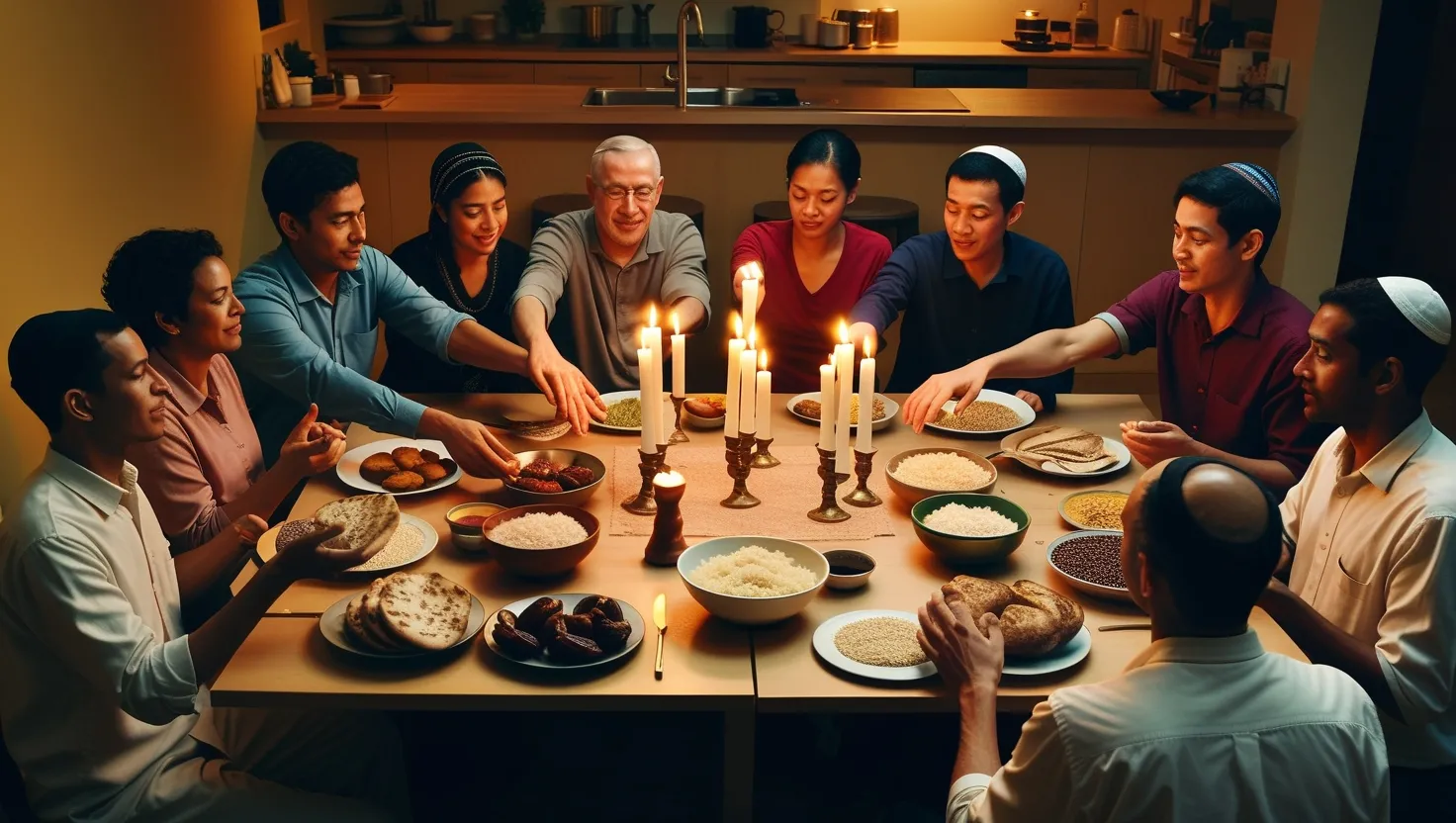In the intricate tapestry of human cultures, there are practices that challenge our conventional understanding of life, death, and the transition between them. One such practice is Santhara, a ritual observed by the Jain community, which involves voluntary fasting to death as a means of spiritual purification. This ancient tradition, steeped in the philosophical and spiritual tenets of Jainism, raises complex ethical questions that resonate deeply in modern societies.
At its core, Santhara, also known as Sallekhana or Samadhi-marana, is a supplementary vow to the ethical code of conduct in Jainism. It is a deliberate and systematic process of fasting to death, aimed at purging old karmas and achieving spiritual liberation. For Jains, this practice is not merely a physical act but a profound spiritual journey. It involves gradually reducing the intake of food and liquids, a process that can extend from a few days to several years.
To undertake Santhara, a Jain must first seek the blessing of their family, friends, and guru. This is not a decision taken lightly; it requires the individual to be in good mental and emotional health and to have completed all meaningful work in their life. The approval process is stringent, ensuring that the vow is taken with full awareness and without any coercion.
The practice of Santhara is deeply rooted in Jain philosophy, which emphasizes the importance of non-violence (Ahimsa), truth (Satya), non-stealing (Asteya), chastity (Brahmacharya), and non-possession (Aparigraha). By fasting to death, a Jain seeks to subjugate their passions and attachments, thereby breaking free from the cycle of rebirth and karma. This act is seen as a form of ultimate self-control and spiritual discipline.
Despite its spiritual significance, Santhara is embroiled in controversy. Critics argue that it is akin to suicide, a perspective that is vehemently rejected by the Jain community. For Jains, Santhara is not an act of desperation or despair but a deliberate choice made in a state of full mental clarity. It is a slow and thoughtful process, far removed from the impulsive nature of suicide.
The legal landscape surrounding Santhara is complex. In India, where the practice is most prevalent, there are differing legal opinions. Some argue that Santhara is protected under the Indian Constitution as a religious practice, while others contend that it amounts to attempted suicide. This legal ambiguity has led to instances where individuals practicing Santhara have been force-fed by authorities, highlighting the tension between religious freedom and legal oversight.
Santhara is not exclusive to Jain monks; it is practiced by ordinary Jains as well. Interestingly, more women than men take up this vow, possibly due to their stronger religious inclination and willpower. The practice is widespread across various regions in India, with Kutch in Gujarat, Rajasthan, Maharashtra, and Karnataka being among the areas where it is most common.
The celebration of a Jain’s death through Santhara is a unique aspect of this tradition. Unlike the mourning that typically accompanies death in many cultures, Jains gather to celebrate the individual’s spiritual achievement. The death of Sadhvi Charan Pragyaji, who survived an 87-day Santhara, was marked by a massive celebration attended by over 20,000 Jains, highlighting the community’s reverence for this practice.
In modern societies, where attitudes towards death and spirituality are evolving, Santhara presents a fascinating case study. It challenges the conventional medical ethics that prioritize prolonging life at all costs. For Jains, the quality of life is not measured by its duration but by its spiritual depth. Santhara is a testament to the belief that death can be a peaceful and meaningful transition, rather than a feared event.
The intersection of Santhara with modern healthcare raises important questions about end-of-life care. While hospice practices in many Western countries involve withholding nutrition and administering pain medication to ease the dying process, Santhara involves a deliberate and systematic withdrawal from worldly sustenance without any pain relief. This stark difference underscores the diverse ways in which cultures approach the end of life.
Santhara also reflects the broader debate on euthanasia and assisted dying. While some argue that Santhara is a form of passive euthanasia, Jains see it as a fundamentally different act. It is not about ending life to alleviate suffering but about transcending suffering through spiritual purification.
In the 21st century, as societies grapple with the complexities of aging populations and terminal illnesses, Santhara offers a unique perspective on end-of-life choices. It highlights the importance of personal autonomy and the right to choose one’s own path towards death. However, this autonomy must be balanced against the need to protect vulnerable individuals from coercion or undue influence.
The practice of Santhara is not without its challenges. The gradual fasting process can be incredibly arduous, both physically and mentally. It requires an immense strength of will and a deep commitment to spiritual principles. For those who undertake this vow, it is a journey of self-discovery and spiritual growth, rather than a mere physical act.
As we navigate the ethical dilemmas posed by Santhara, it is essential to approach the subject with sensitivity and understanding. This practice, though alien to many, is deeply meaningful to the Jain community. It represents a profound commitment to spiritual values and a unique way of embracing death as a natural part of life.
In conclusion, Santhara is more than just a ritual; it is a reflection of the complex interplay between spirituality, ethics, and personal autonomy. As we continue to evolve our understanding of death and dying, practices like Santhara remind us of the diversity and richness of human experiences. They challenge us to rethink our assumptions about the end of life and to respect the deeply held beliefs of others, even when they differ from our own.






